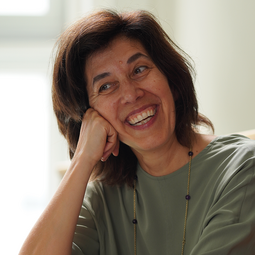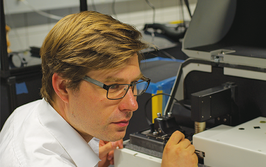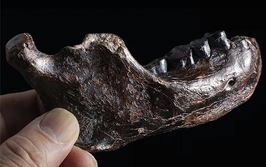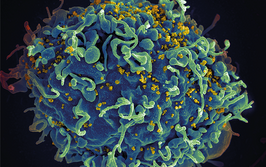Gunda Köllensperger

Professor, Institute of Analytical Chemistry, Faculty of Chemistry, University of Vienna, Austria
Main aims? My current research aims at advancing small scale omics-type of analysis by mass spectrometry. My ultimate goal is the analysis of single cells in a spatial biology context.
Most exciting trend today? These are exciting times for multidisciplinary analytical science. There are many prime examples of emerging technologies which go beyond instrumental and procedural development of a single measurement principle. I am really excited about research on multimodal analysis of single entities such as cells and particles at high throughput. Working in the field of mass spectrometry, I follow with great interest emerging combinations of different types of spectroscopies and mass spectrometry. Multi-modality shows great potential in solution-based assays and in imaging, offering unprecedented opportunities for multiplexing on short transients. Understanding the technicalities of the different methods and setting them in an informative workflow is key for a tailored temporal/spatial analysis. In its simplest form, multimodality applied to imaging supports identification of regions of interest, for subsequent close-ups in a high-resolution modality. Today, multimodal approaches emerge setting-out to systematically bridge gaps in resolution. This way, exciting methods become reachable, allowing imaging across scales, uniting single cell-, tissue- and/or whole organ-level information. I am sure that there will be more exciting developments to come, along with end-to-end workflows integrating dedicated data analysis strategies for indexing, co-registration, data integration and fusion. Which combinations will be pushed will rely on identifying important and accessible biological questions to tackle.
Most memorable advice? A former mentor told me once: “Always consider, when you are in a dialogue and you do not understand your discussion partner, it is for sure a mutual feeling.” This is a very simple thought, but it often helped me, both in complex situations as a team leader, but also as an analytical scientist involved in interdisciplinary projects.

















